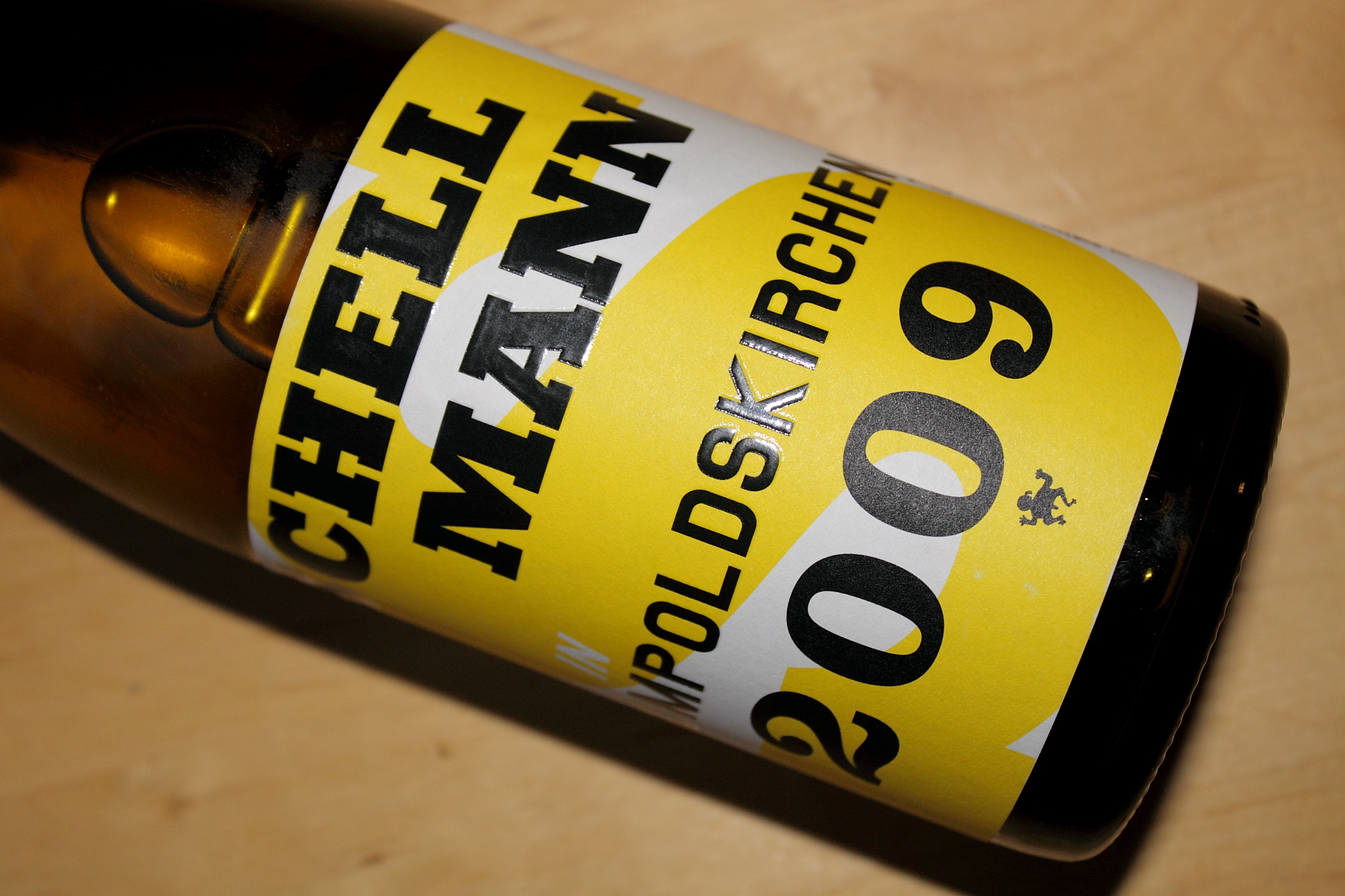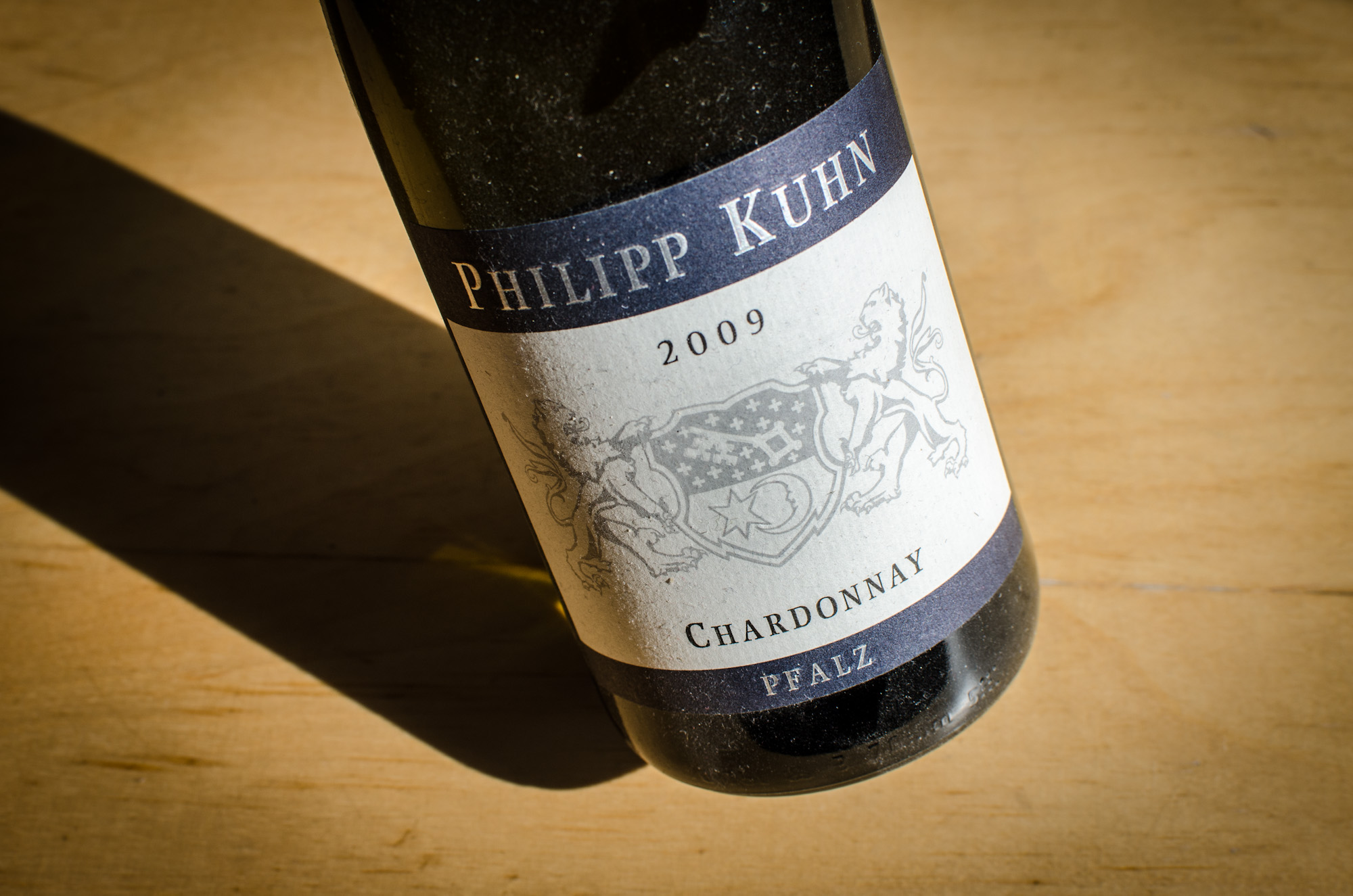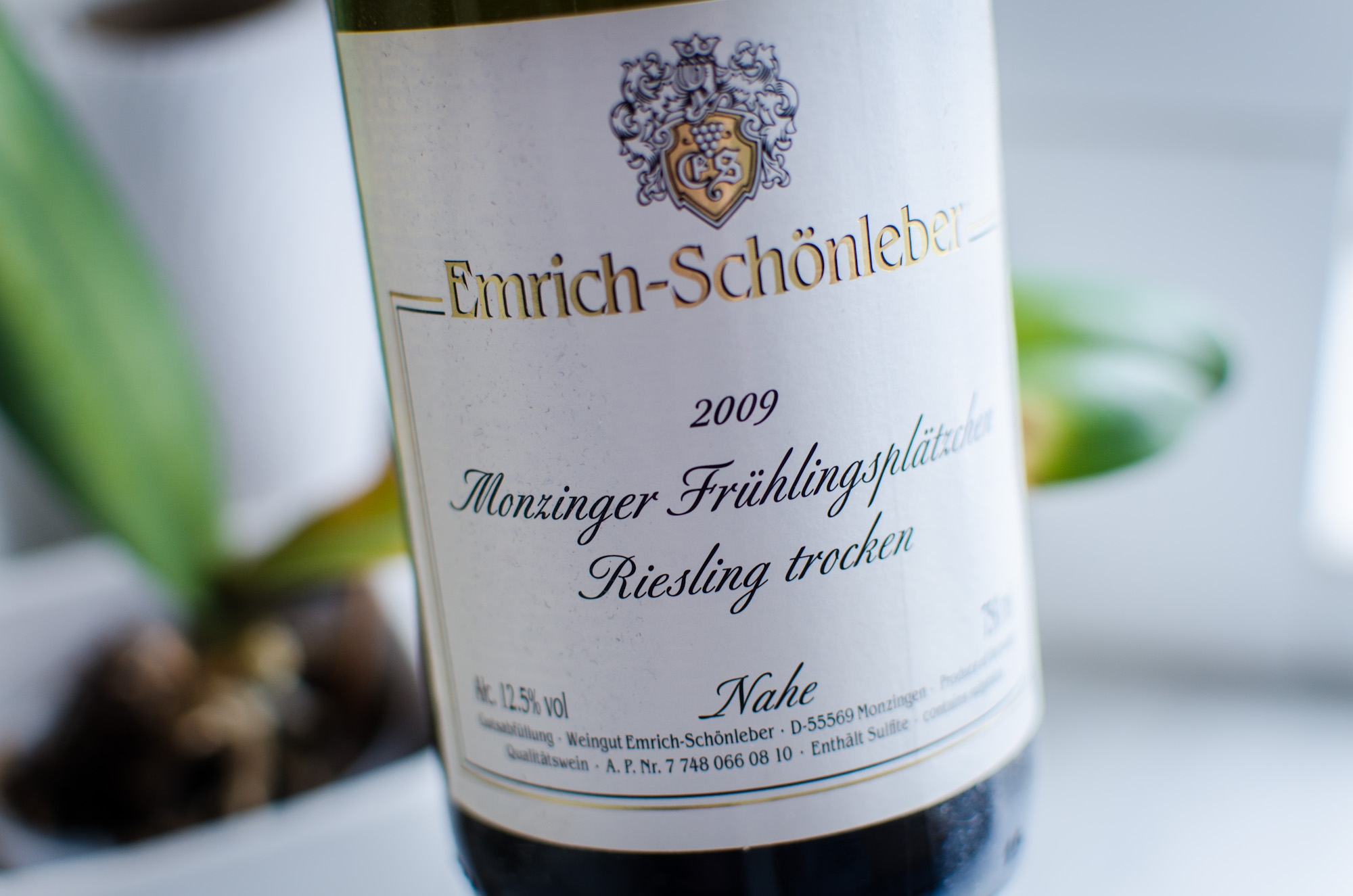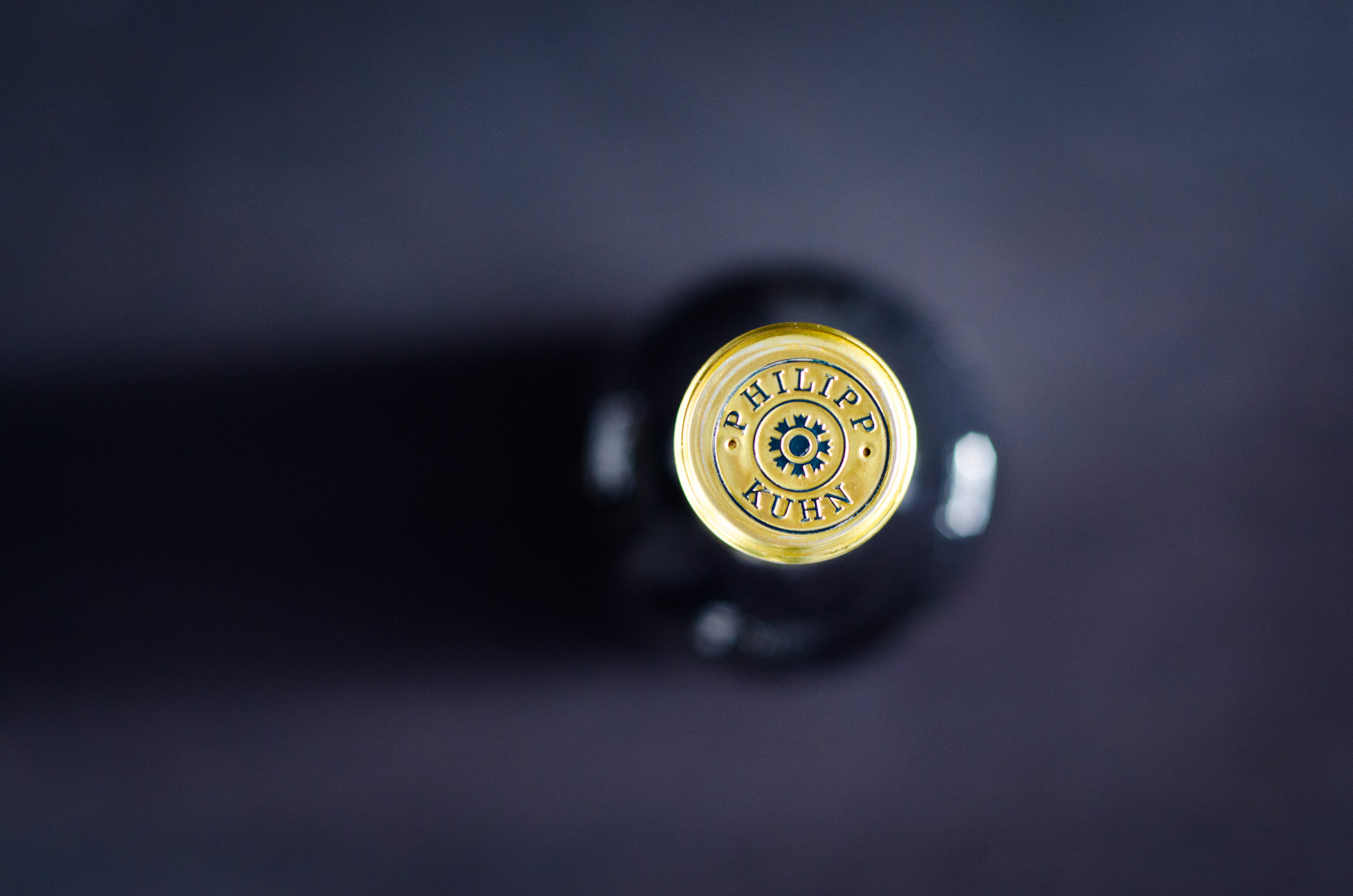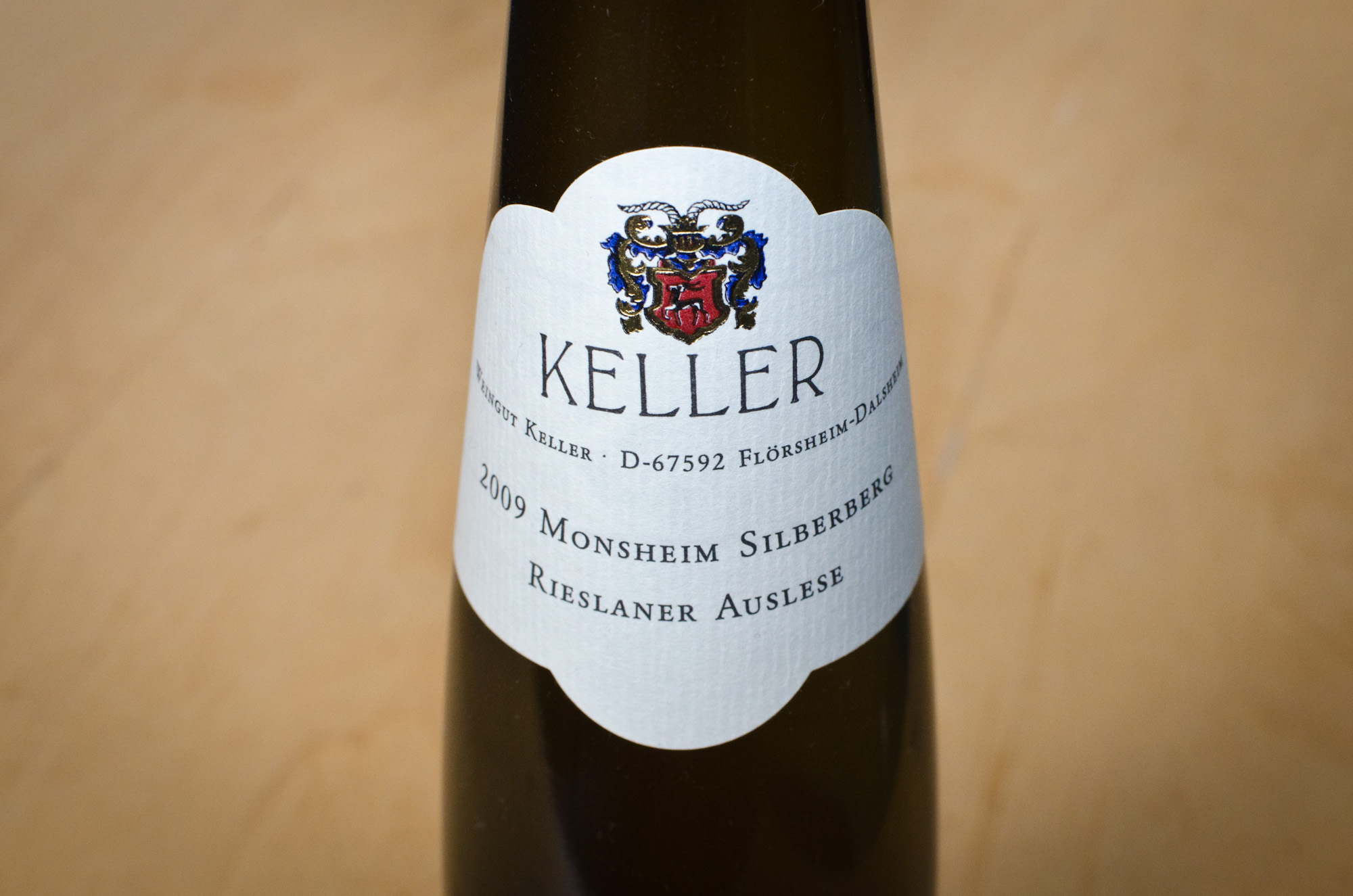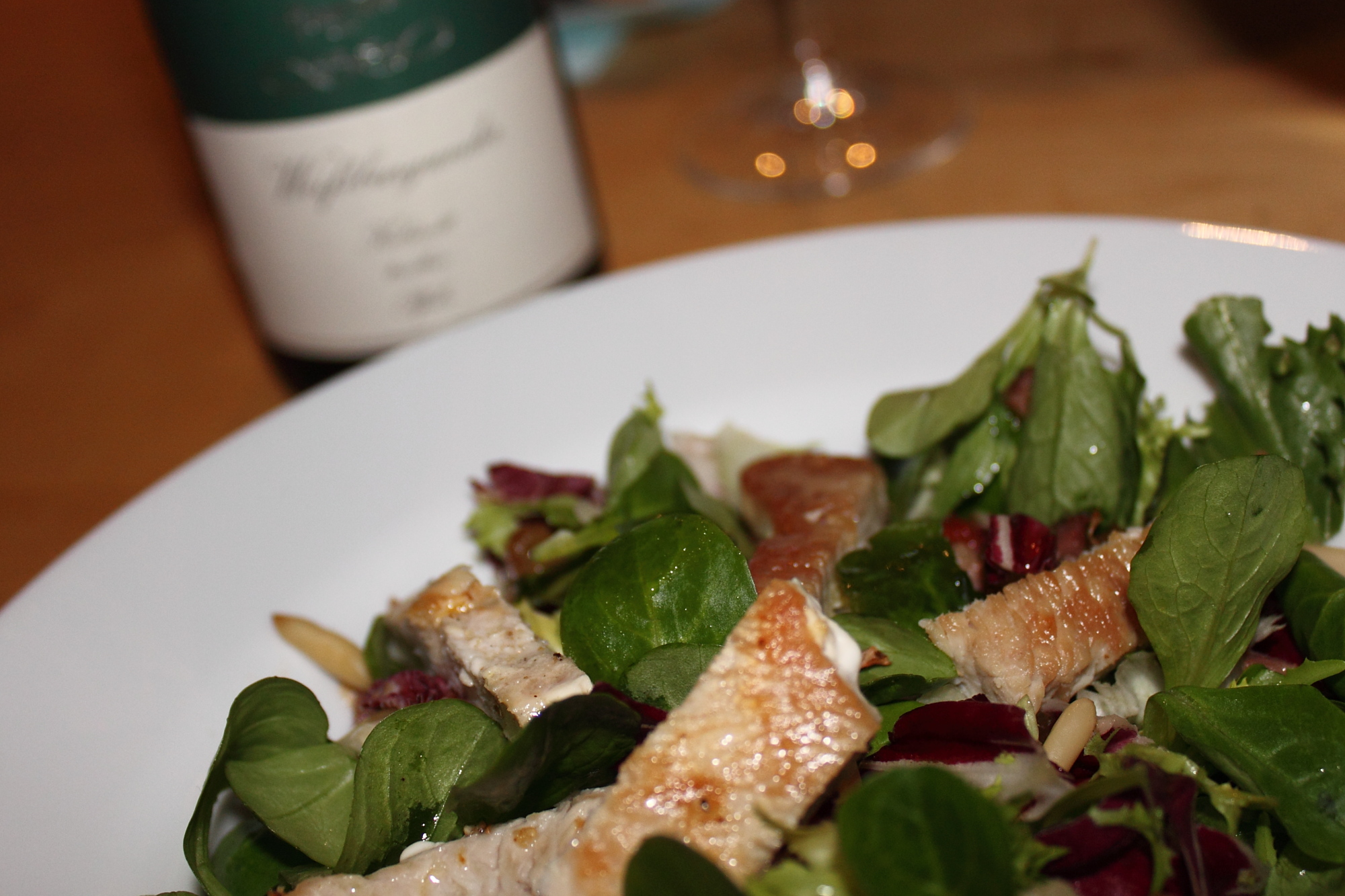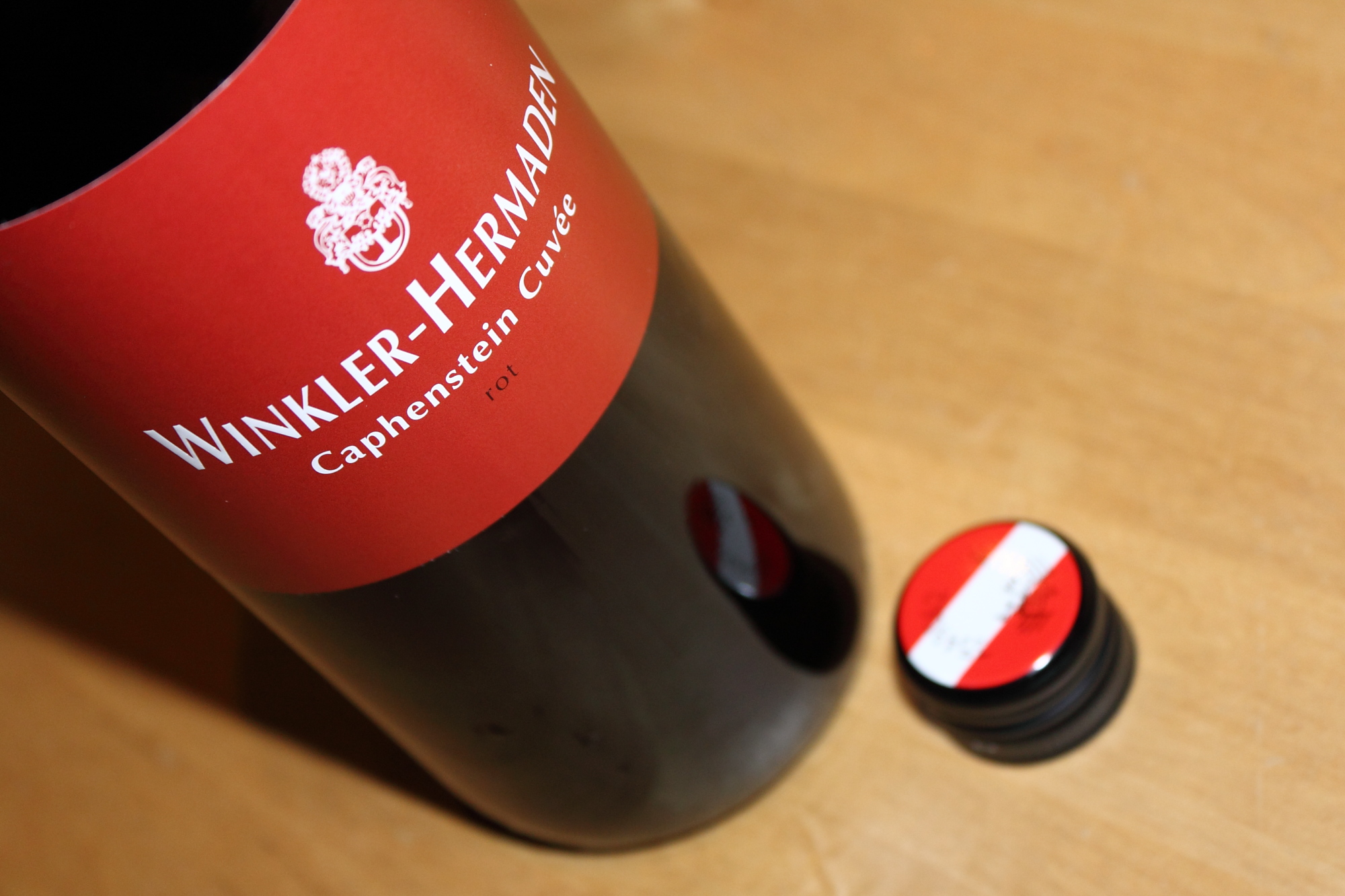Mainzer St. Alban, Spätlese 2009
Supermarkets are fascinating. They are evil, they are convenient, they are uniform, they are where we shop. Not all of us, not all of the time, but still often enough that the big chains have a turnover that dwarfs the GDP of many a country. And, despite what wine critics with their writings about hand-crafted wines from family-run vineyards sold by independent shops will make you believe, supermarkets are also where most people get their wine from - about 80% of the UK retail market. This means that if you want to reach the average wine consumer or if you want to understand what or how they buy, supermarkets are the place to go.
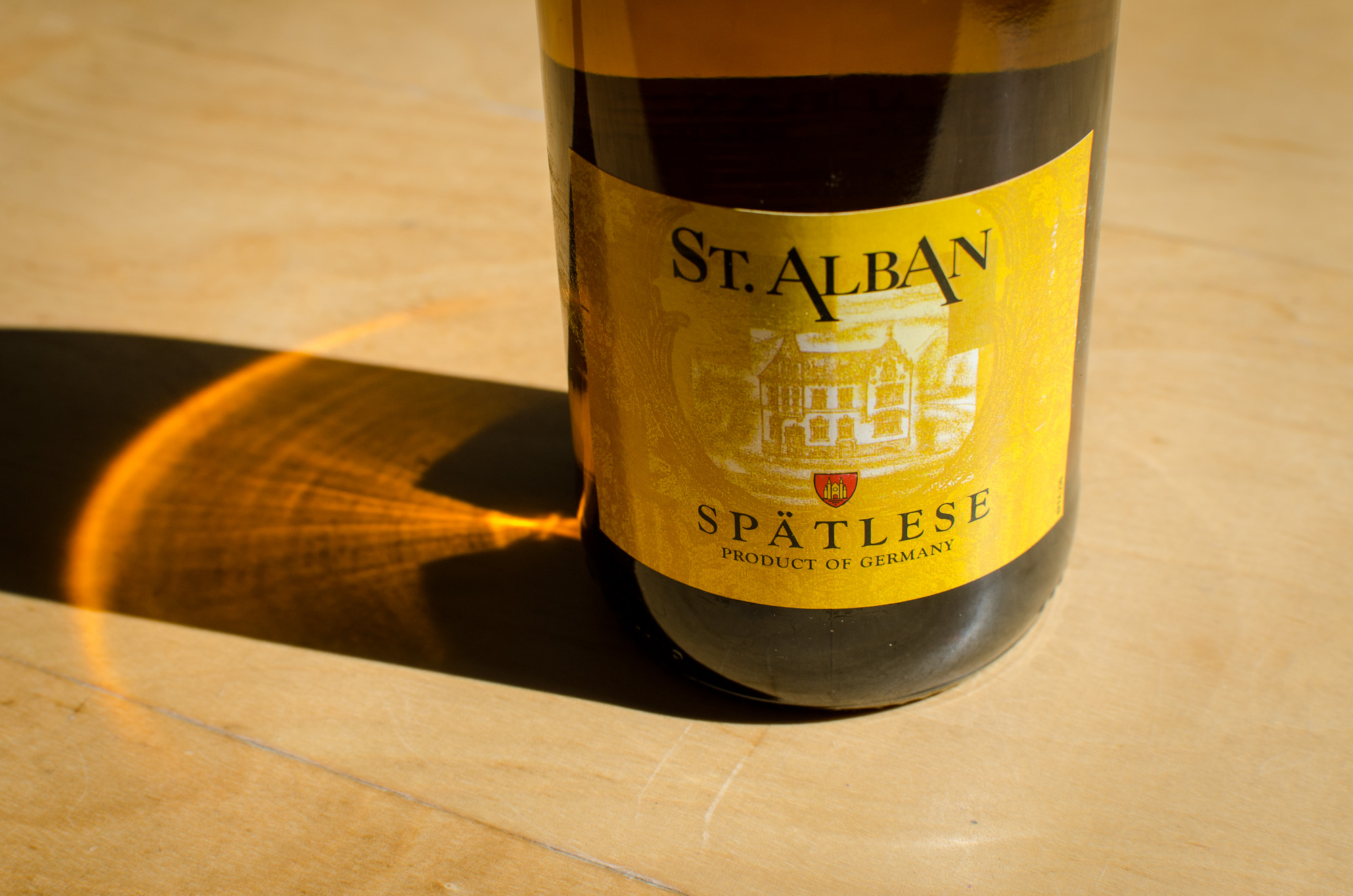
So every once in a while I venture into a supermarket and buy whatever German wine I find. If you have followed my supermarket wine exploits you will know that at times this has led to dangerous self-experimentation, and often to disappointment. Is today's wine any different?

